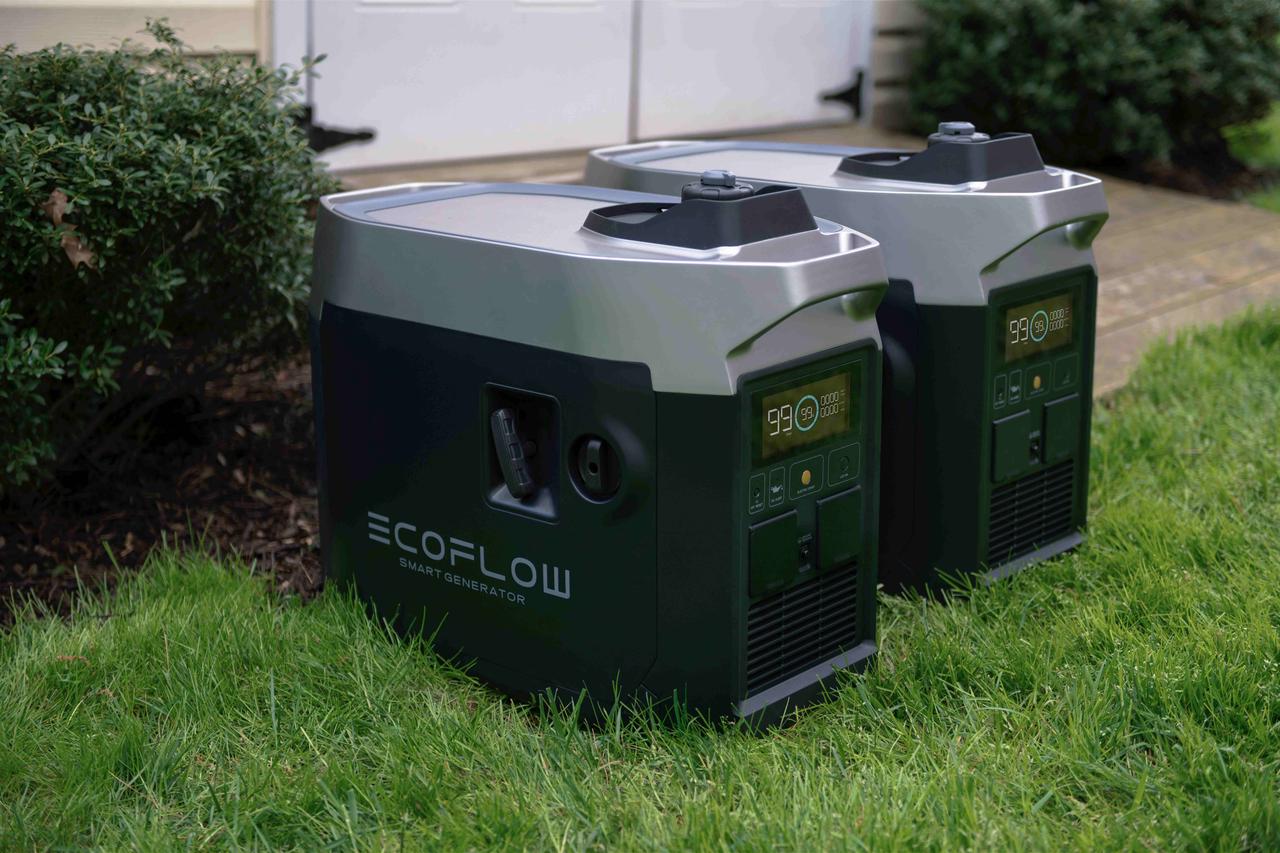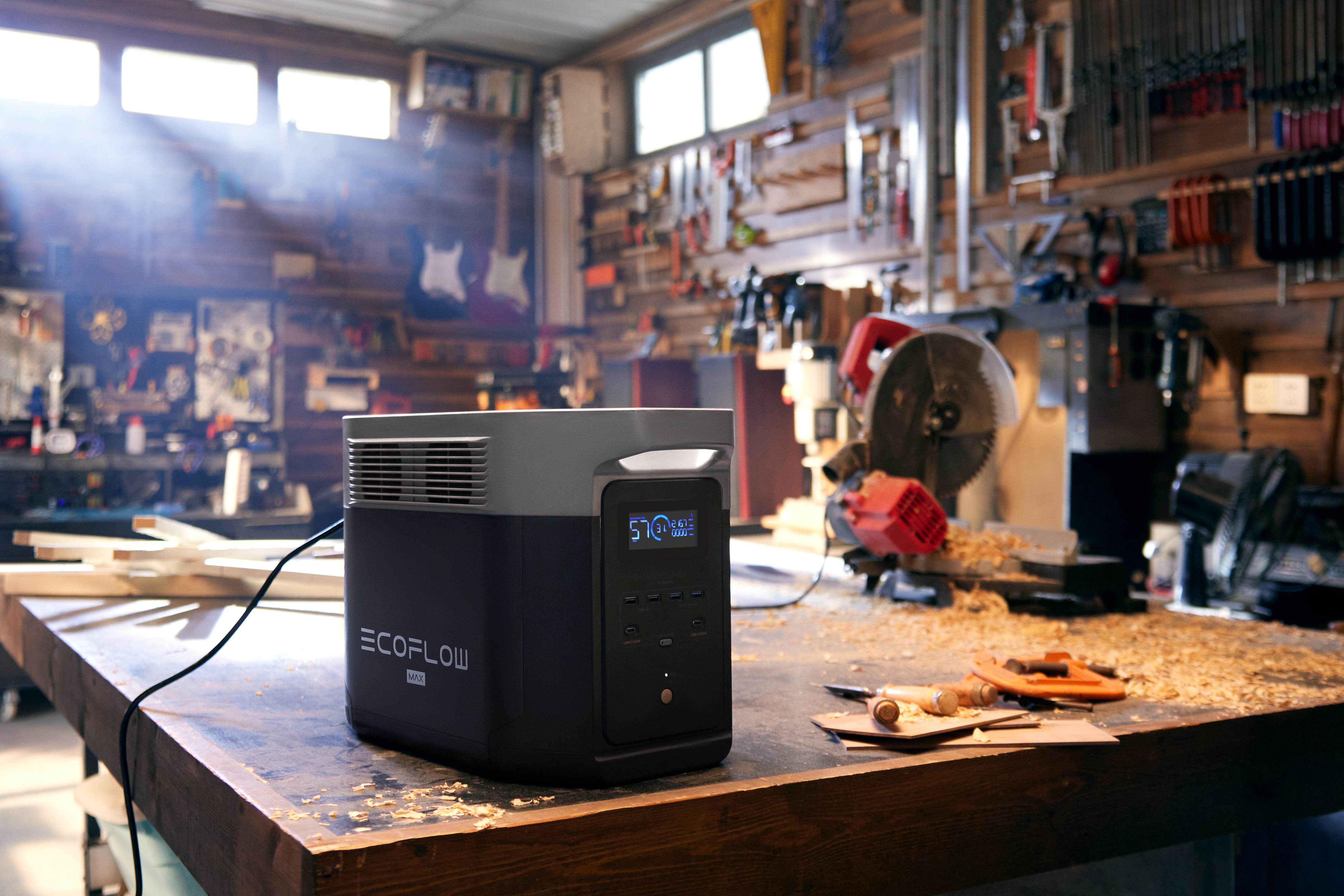- What Makes Portable Solar Panels Suitable for Emergency Use?
- How Do Portable Solar Panels Help Restore Critical Power After Disasters?
- Why Fast Setup Is Crucial and How Portable Solar Panels Deliver It
- What Are the Real Benefits of Using Portable Solar Panels in Crisis Zones?
- A Closer Look at the EcoFlow 400W Portable Solar Panel for Disaster Relief
- How to Choose Portable Solar Panels That Actually Work in Emergencies
- What Common Mistakes to Avoid When Using Portable Solar Panels for Disaster Recovery?
- Portable Solar Panels Are Changing How We Respond to Disasters
- 5 FAQs About Portable Solar Panels for Disaster Relief
How Portable Solar Panels Are Changing Disaster Relief: A Practical Guide
- What Makes Portable Solar Panels Suitable for Emergency Use?
- How Do Portable Solar Panels Help Restore Critical Power After Disasters?
- Why Fast Setup Is Crucial and How Portable Solar Panels Deliver It
- What Are the Real Benefits of Using Portable Solar Panels in Crisis Zones?
- A Closer Look at the EcoFlow 400W Portable Solar Panel for Disaster Relief
- How to Choose Portable Solar Panels That Actually Work in Emergencies
- What Common Mistakes to Avoid When Using Portable Solar Panels for Disaster Recovery?
- Portable Solar Panels Are Changing How We Respond to Disasters
- 5 FAQs About Portable Solar Panels for Disaster Relief
Disasters cause widespread loss of electricity. Power outages may last for days, even weeks. During such times, a constant source of energy is extremely necessary. Portable solar panels offer an effective and easy means to regain power in a short while. They are emerging as trusted aid in disaster relief. People in crisis zones require energy that is clean, reliable, and quick to install. This is where portable solar panels come into their own.
What Makes Portable Solar Panels Suitable for Emergency Use?
In emergency situations, energy systems must be easy to move and quick to set up. Portable solar panels meet both needs:
- Lightweight and compact: Easy for one or two people to carry.
- Foldable design: Takes up little space in vehicles or storage.
- Built-in stands: Allows setup without tools.
- Weather-resistant construction: Works reliably in dust, rain, or heat.
These features make portable solar panels a big advantage during disaster recovery, especially when weather conditions are unpredictable.


How Do Portable Solar Panels Help Restore Critical Power After Disasters?
When disaster strikes, power loss affects everyday life. Lights are extinguished, communication stops, and medical equipment dies. Portable solar panels help address these issues by providing enough power to keep phones charged, lights on, and small appliances functioning. In emergency shelters, they can help with ventilation or keep medicine cool. They provide people with a sense of security when the main source of power is gone. Since they use sunlight, they never need fuel deliveries, which take forever to arrive during a disaster. Therefore, they are very helpful during emergencies.
Why Fast Setup Is Crucial and How Portable Solar Panels Deliver It
In disaster zones, every minute is crucial. Portable solar panels are designed for fast deployment:
- Easy connectors with no complex installation procedures.
- Unpack, unfold, and start generating electricity in minutes.
- No need for heavy equipment or complex assembly.
Fast setup means relief teams can focus on helping people rather than dealing with slow equipment. This simple design also reduces the possibility of setup errors in stressful environments.
What Are the Real Benefits of Using Portable Solar Panels in Crisis Zones?
Portable solar panels can provide more than electricity. They provide freedom and flexibility in challenging situations. The following are some real-life examples of how these advantages are realized:
- During hurricanes, Quiet operation allows shelters to maintain peaceful environments without the sound of standard generators.
- In wildfire evacuations, lightweight solar panels can be carried on foot or small vehicles and generate power in isolated campsites.
- After floods, the lack of fuel reliance turns into a critical factor since fuel shortages persist for weeks.
- In earthquake recovery zones, the IP68 rating design ensures continued power even with dust and debris in the environment.
In some disaster relief efforts, relief organizations have reported portable solar panels reducing fuel consumption, while also helping avoid noise complaints in community shelters. These real-world applications show how portable solar panels offer reliable, low-maintenance energy when it matters most.
A Closer Look at the EcoFlow 400W Portable Solar Panel for Disaster Relief
One good option for disaster relief is the EcoFlow 400W Portable Solar Panel. This panel delivers high power output in a compact, foldable design. It is built with durable materials and comes with a protective case that also works as a stand. The EcoFlow 400W has high solar conversion efficiency, which means it can produce energy even on cloudy days. It is also waterproof and dust-resistant, making it suitable for harsh outdoor use. The panel easily connects to portable power stations, providing a smooth and flexible power solution. For disaster relief teams needing both power and mobility, this product combines strong performance with practical design.
How to Choose Portable Solar Panels That Actually Work in Emergencies
Not all portable solar panels are equal. Choosing the right one requires attention to key details. Below is a quick decision guide:
Feature | Recommended Criteria | Why It Matters |
Wattage | 300W or more | Faster charging, enough power for multiple devices |
Portability | Foldable, under 20 lbs, carrying case included | Easy transport and storage |
Durability | Waterproof (IP68 preferred), weather-resistant materials | Reliable outdoors in harsh conditions |
Compatibility | Compatible with mainstream portable power stations | Avoids connector or charging issues |
Setup Simplicity | Tool-free setup, plug-and-play design | Saves time during high-pressure situations |
A common mistake is focusing only on wattage while ignoring compatibility and durability. For instance, some people buy cheaper panels that fail after the first use in a rainstorm. Others forget to check if the panel fits their battery system, causing avoidable frustration.
What Common Mistakes to Avoid When Using Portable Solar Panels for Disaster Recovery?
Some people make simple mistakes when using portable solar panels:
- Choosing panels with too low output, resulting in slow charging.
- Placing panels in shaded areas, reducing energy production.
- Setting incorrect angles, which limits efficiency.
- Overloading batteries beyond their rated capacity.
- Storing panels carelessly, which damages their lifespan.
Example Tip: In field reports after recent hurricanes, many users found they could increase charging efficiency by up to 25% simply by adjusting the panel tilt every 3-4 hours to follow the sun. Avoiding these common errors helps maintain your power supply during emergencies.
Portable Solar Panels Are Changing How We Respond to Disasters
Portable solar panels are making disaster relief efforts faster and more reliable. They offer quick energy access without the need for fuel. They are easy to carry, fast to set up, and can work in almost any environment. People affected by disasters can depend on them to power basic needs and stay connected. Relief teams can work more effectively because of their simple use. As disasters become more common, portable solar panels are proving to be an important part of emergency response, and a valuable energy tool long after the crisis ends.


5 FAQs About Portable Solar Panels for Disaster Relief
Q1. How durable can portable solar panels be in disaster recovery efforts?
Good portable solar panels can last 10 to 15 years with good maintenance. Durability in disaster recovery is very important since the conditions are harsh, and continuous performance is necessary. Panels made with waterproof coatings and durable construction materials, such as ETFE or tempered glass, tend to have extended service life. Regular cleaning and safe storage improve their longevity. Panels from established manufacturers provide improved reliability even with multiple emergency deployments.
Q2. Can portable solar panels power larger appliances in times of disaster?
Portable solar panels are ideal for small gadgets. To operate big appliances such as refrigerators or medical equipment, you should take into consideration the wattage of the panel and the battery storage. For power-hungry devices, it is advisable to have panels generating over 300 watts with high-capacity battery stations. This combination gives constant energy even during the night or when it is cloudy. Always calculate the total energy requirement before selecting a system. It is also advisable to utilize an inverter that matches your appliance’s requirements to avoid overload.
Q3. Are portable solar panels safe to use around children and pets in emergency shelters?
Indeed, portable solar panels are designed to be safe for users, and they do not produce open flames, toxic fumes, or excessive noise. Even in emergency shelters, though, it is prudent to store panels out of traffic lanes to prevent tripping. Panels with durable, collapsible frames and protected cables minimize safety hazards. Most newer designs include safety protections to prevent electrical shock. It is still a good idea to monitor them, particularly when panels are connected to external batteries or equipment.
Q4. How do I get portable solar panels to perform in poor weather?
Even in poor weather, portable solar panels can still produce energy, albeit their performance will be reduced. To get the most energy out of them, always orient panels at the proper tilt angle towards the direction of the sun, even when cloudy. Wiping off dirt or water regularly enhances efficiency. Certain panels perform better in low-light conditions, so selecting high-efficiency panels made of monocrystalline. The use of an MPPT (Maximum Power Point Tracking) controller also enhances energy collection by optimizing power conversion under different sunlight levels. Adjusting to weather forecasts and installing panels during the sunniest times of the day is a good idea.
Q5. Are portable solar panels useful after disaster recovery?
Yes, portable solar panels are quite handy even after power is restored. Most individuals continue to use them for camping, RVing, off-grid cabins, or charging items in their backyard. Some individuals utilize portable solar panels to reduce their electricity bills by powering garden lights, small appliances, or home offices. Since they are durable and perform well, a quality panel can serve both emergency and daily purposes for more than a decade. This makes them a long-term investment, not a one-time purchase.